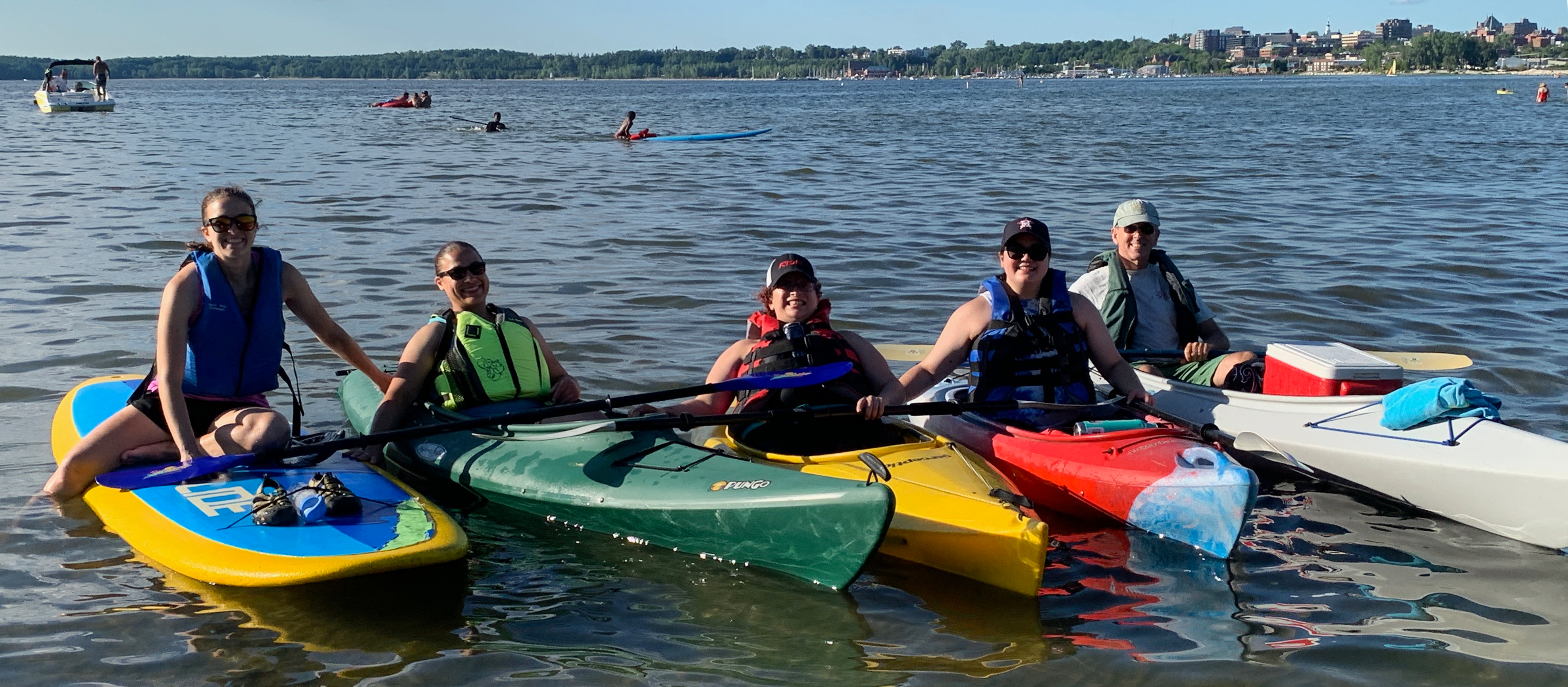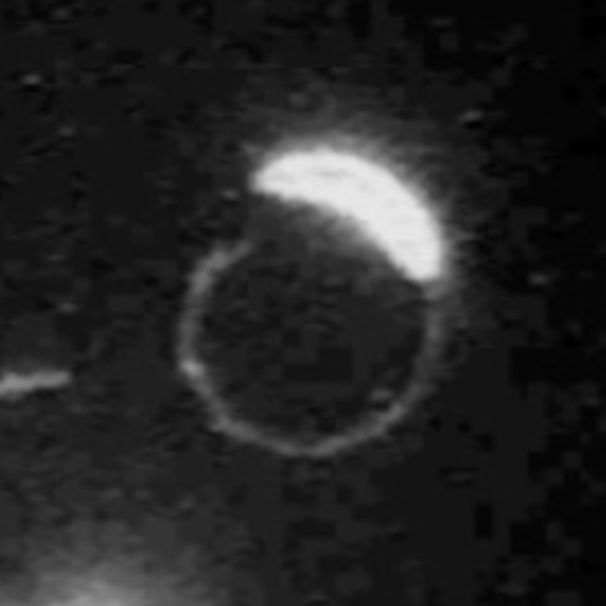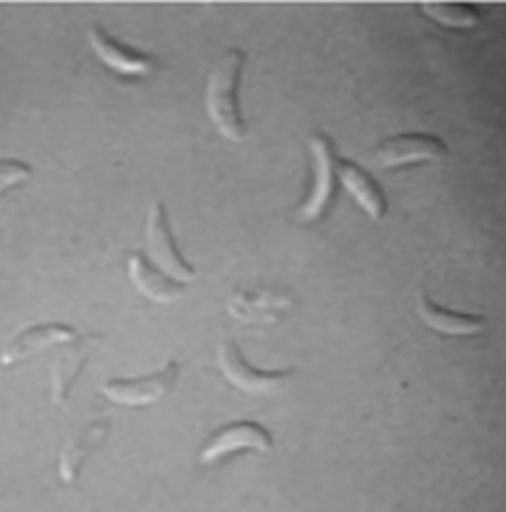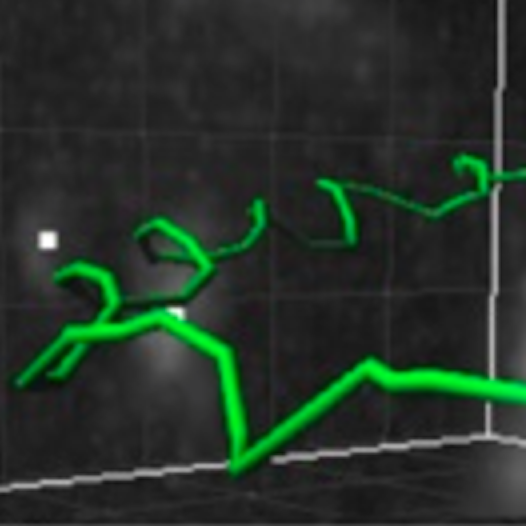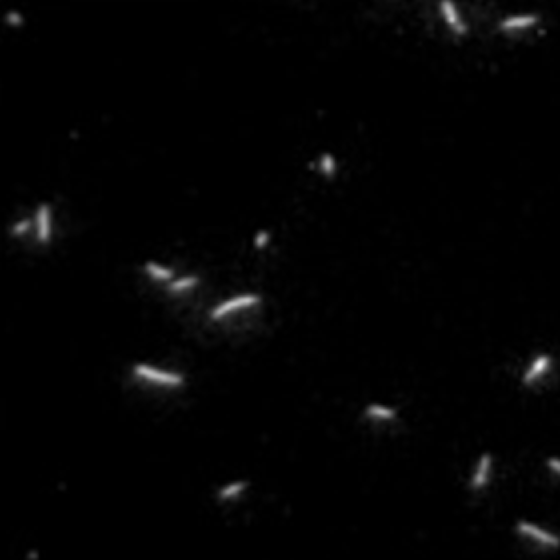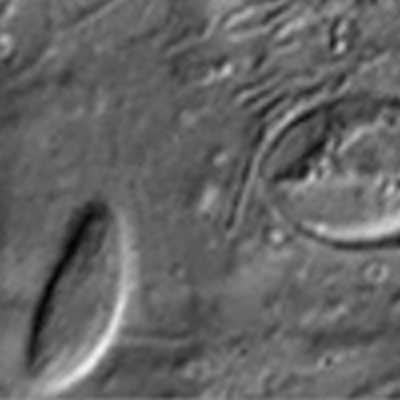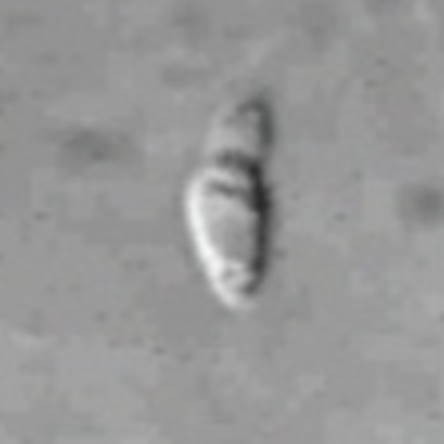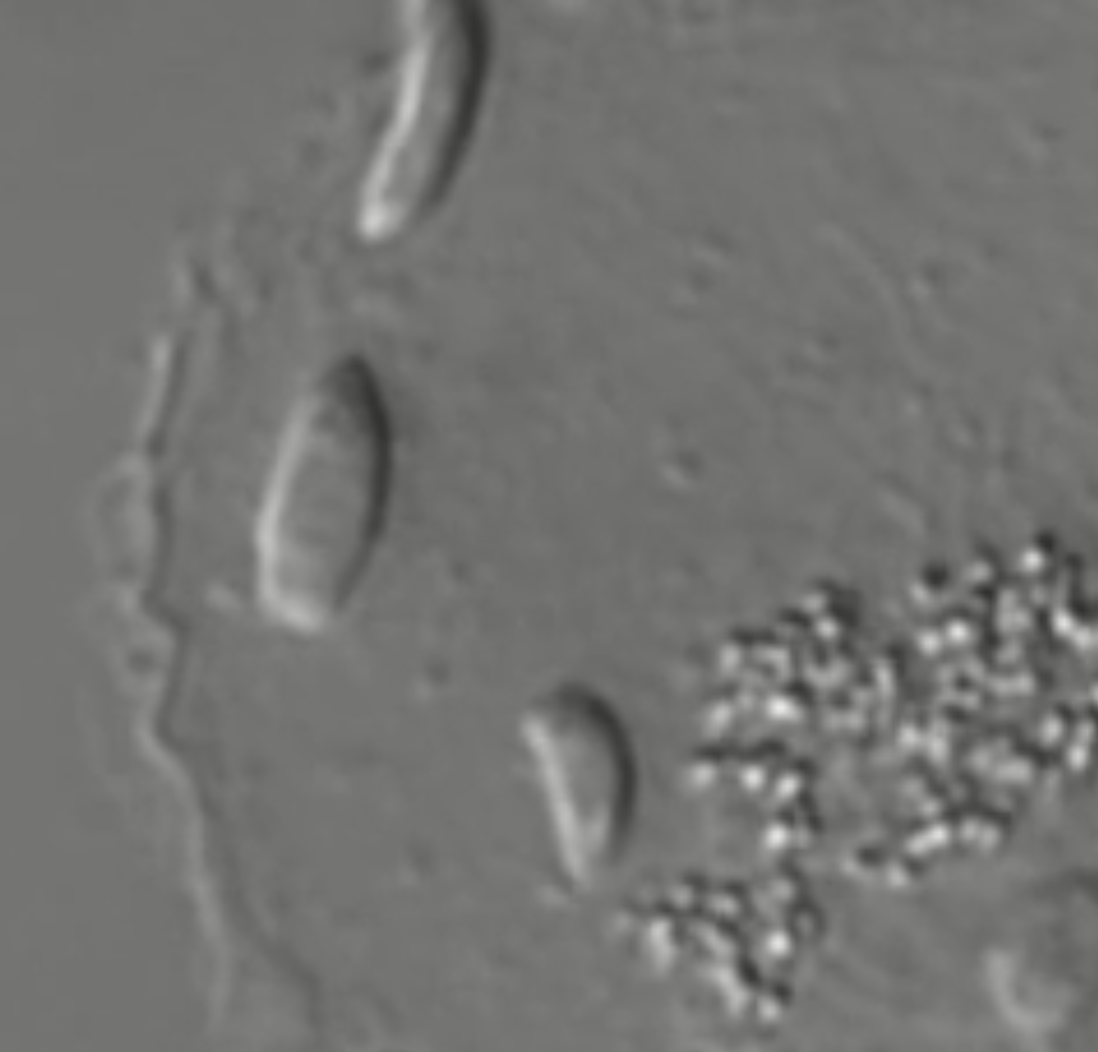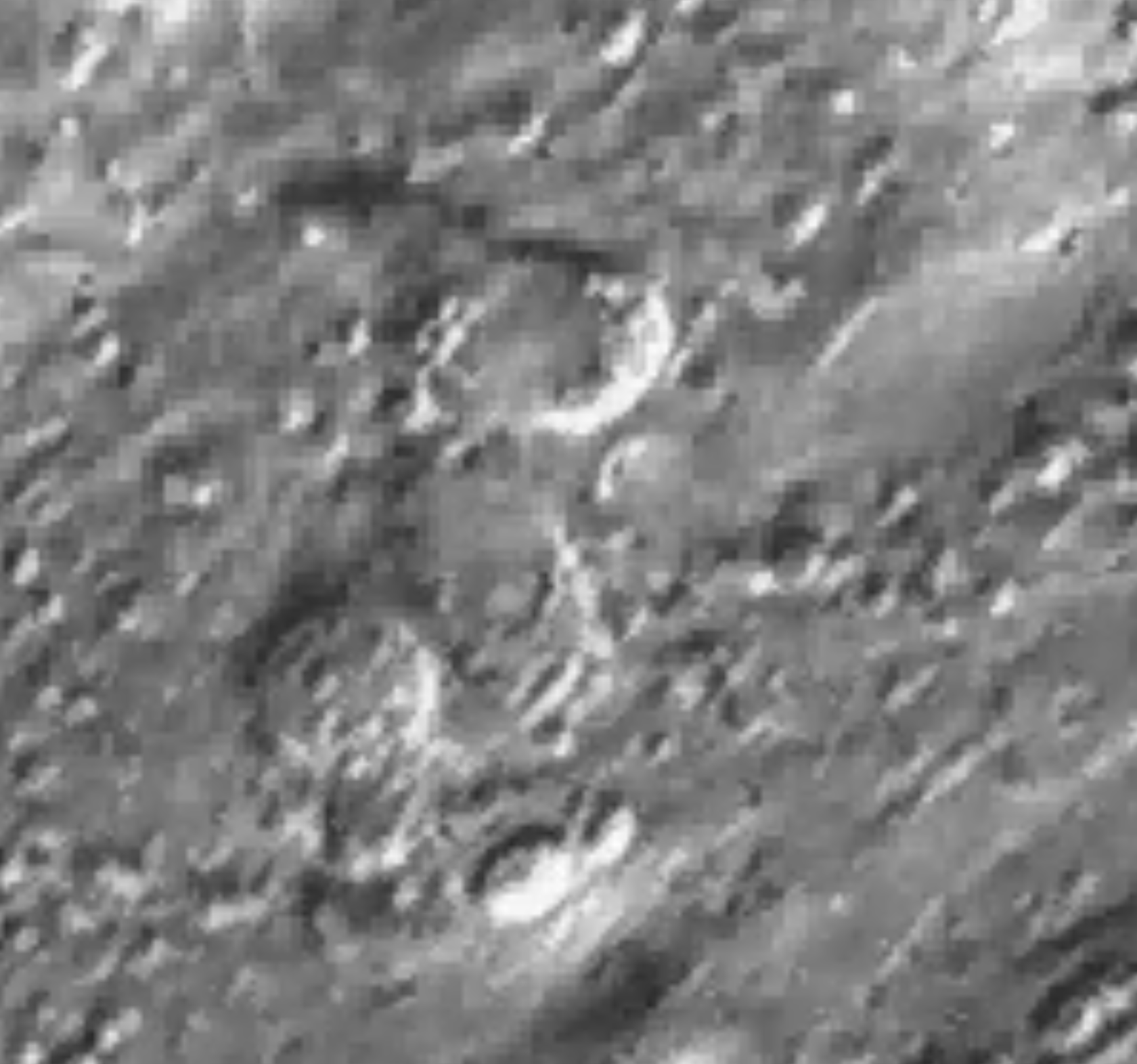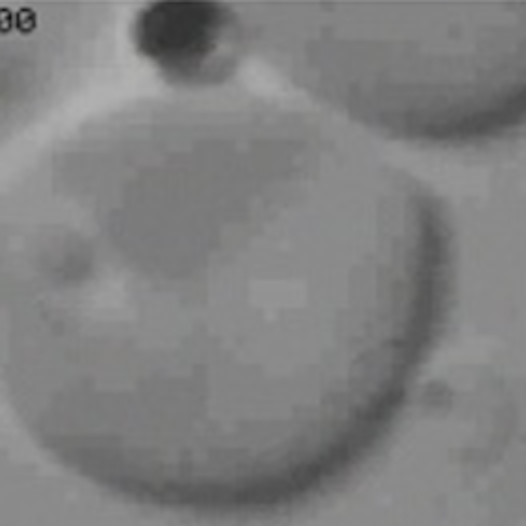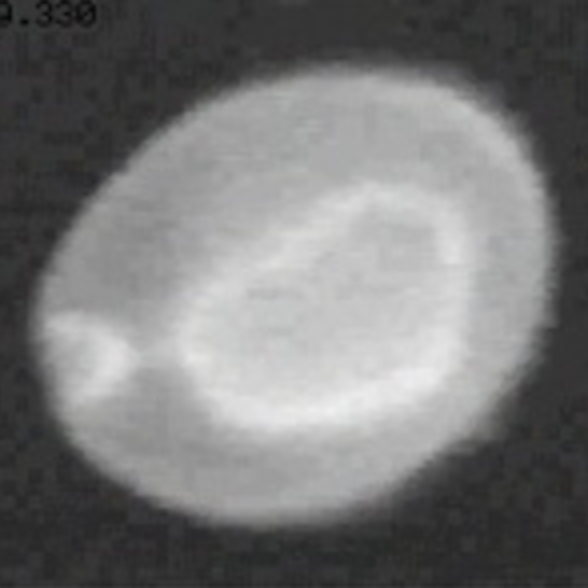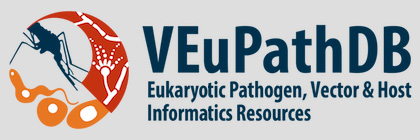About the Lab
Toxoplasma gondii is one of the most widespread parasites on the planet, capable of infecting any warm-blooded animal, including humans. Approximately one fifth of Americans carry T. gondii in their muscle and brain tissue. Infections can be life threatening in the unborn fetus or in people whose immune systems have become compromised as a result of immunosuppressive therapy or HIV infection. The parasite uses sophisticated cell biological tricks to invade the host cell and, once inside, to redirect the energy and efforts of the host cell to its own advantage. Our lab studies the mechanisms by which T. gondii moves through tissues and gains entry into the cells of its hosts. We hope that a better understanding of the mechanisms underlying parasite motility and host cell invasion will lead to the development of new approaches to treating the devastating diseases caused by T. gondii and related parasites.
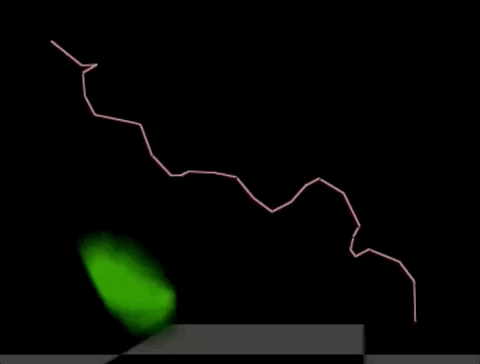 T. gondii 3D motility in Matrigel
T. gondii 3D motility in Matrigel
Congratulations to recent lab alum Rachel Stadler on being awarded a Malaria Research Program Collaborative Postdoctoral Fellowship at NIH!
